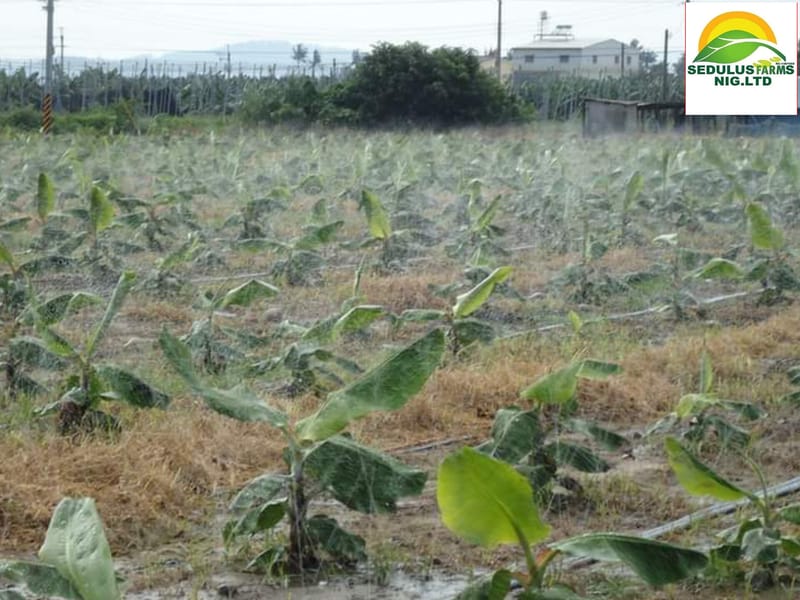Farm Setup & Managment

- Land Acquisition: Secure suitable land for your farming operations. Consider factors like soil quality, water availability, and proximity to markets.
- Farm Planning: Develop a comprehensive farm plan outlining your crop selection, rotation, irrigation, and fertilization strategies.
- Infrastructure Development: Build essential infrastructure like fencing, storage facilities, and farmhouses.
- Soil Preparation: Prepare the land by clearing it of weeds, leveling the surface, and adding organic matter to improve soil fertility.
- Irrigation System: Set up an efficient irrigation system to provide adequate water to your crops.
- Crop Selection: Choose suitable crops based on market demand, climate conditions, and your resources.
- Seed Procurement: Source high-quality seeds or seedlings from reliable suppliers.
Farm Management
- Crop Cultivation:
- Planting: Plant your crops at the optimal time, using appropriate planting methods.
- Fertilization: Apply fertilizers as per the crop's nutrient requirements.
- Irrigation: Water your crops regularly, avoiding overwatering or underwatering.
- Weed Control: Manage weeds through manual weeding, herbicides, or mulching.
- Pest and Disease Control: Monitor your crops for pests and diseases and take timely control measures.
- Harvesting: Harvest your crops at the right maturity stage to ensure optimal quality and yield.
- Post-Harvest Handling: Properly handle and store your harvested crops to minimize losses.
- Marketing: Identify potential markets for your produce and establish strong marketing channels.
- Financial Management: Keep accurate records of income, expenses, and production costs.
- Labor Management: Manage your labor force effectively to maximize productivity.
- Risk Management: Implement strategies to mitigate risks like weather fluctuations, pests, and diseases.
Key Considerations:
- Sustainable Practices: Adopt sustainable farming practices to protect the environment and conserve resources.
- Continuous Learning: Stay updated on the latest agricultural technologies and techniques.
- Record Keeping: Maintain detailed records of your farming operations.
- Adaptation: Be prepared to adapt to changing conditions and market demands.
By following these general guidelines and tailoring them to your specific farm, you can establish and manage a successful farming operation.


